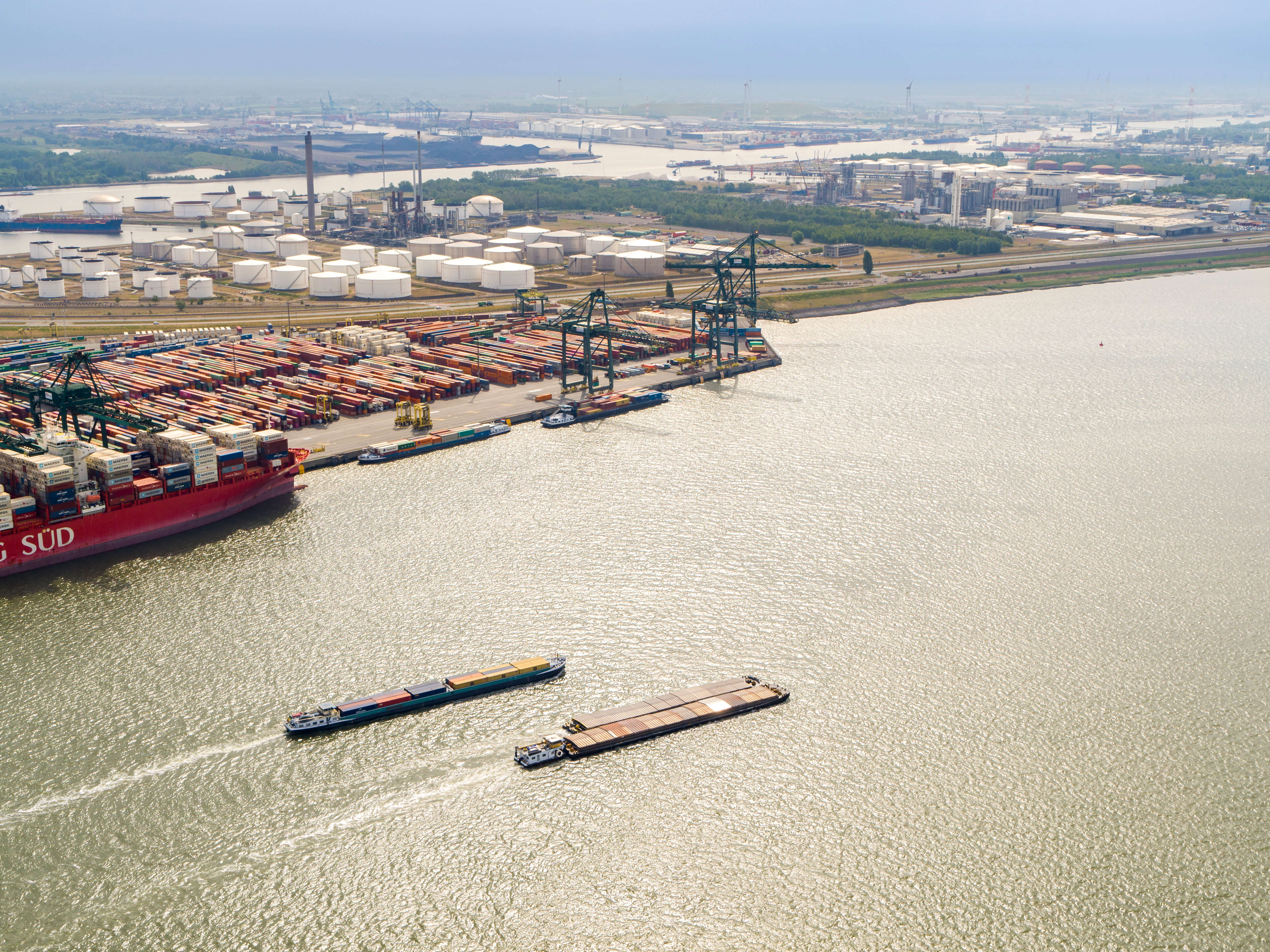Waterway transportation has many advantages. Using inland shipping guarantees flexible, sustainable and smooth transport solutions.
Remant Cool Logistics has been working in recent years to ship more reefer containers by inland shipping to relieve pressure on our road network. Today, we are talking about a modal shift of thousands of reefer containers that otherwise would have been transported by truck on European roads.
Remant Cool Logistics realizes multimodal transports to deliver shipments smoothly and with the lowest possible environmental impact to the end customer. Our customers choose inland shipping because it creates a logistical decoupling point, which provides flexibility in the logistics chain.
Our role as Transport Architect
Using inland shipping requires thorough organization:
- Making the empty reefer container available to the customer for loading in a timely manner;
- Loading the goods into the reefer container;
- Transporting the reefer container from the inland container terminal to the deep sea terminal by inland vessel; and
- Delivery at the seaport for the right seagoing vessel.
This runs seamlessly thanks to meticulous coordination between all parties involved. Remant Cool Logistics ensures the refrigerated products are transported to and from the container terminal within the allotted time. In this way, we guarantee quality throughout the cold chain entrusted to us.
A smooth connection for ample capacity
Inland vessels or barges come in various sizes and weights. On the waterway “De Leie” in Flanders, Belgium, for example, ships with a capacity of up to 24 “40-foot” reefer containers can sail. For example, we now have one captain with 24 containers instead of 24 drivers for the same 24 containers.
Belgian waterways connect the hinterland to the Belgian seaports of Ghent, Zeebrugge, and Antwerp, as well as to the Dutch seaports of Vlissingen and Rotterdam.
